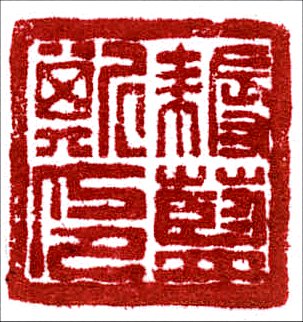
The silhouette of Lancelot Nul
The author’s credentials….
I want the reader to come away from Silhouette having both learned and taken great pleasure in learning, this unusual project straddling non-fiction and fiction. But am I qualified to achieve these two goals?
As for what’s to be learned, I began studying Chinese thought as a Rhodes scholar at Oxford and continued to study the same at Harvard and then Cambridge. In 1998, I transitioned to teaching and, as a professor of Chinese religion and humanities at Reed College, have long focused on how to explain complex ideas in a lively and memorable manner. The CASE/Carnegie Foundation recognized me as the national “Outstanding Baccalaureate Colleges Professor of the Year,†and the National Endowment for the Humanities awarded me with its fellowship. Yet my day job has always been translating classical Chinese, and all translations in Silhouette are my own. (The Chinese is included throughout Silhouette, not because I expect the average reader to be able to understand it, but because it helps distinguish fact from fiction without disrupting the storyline. And it’s pretty.)
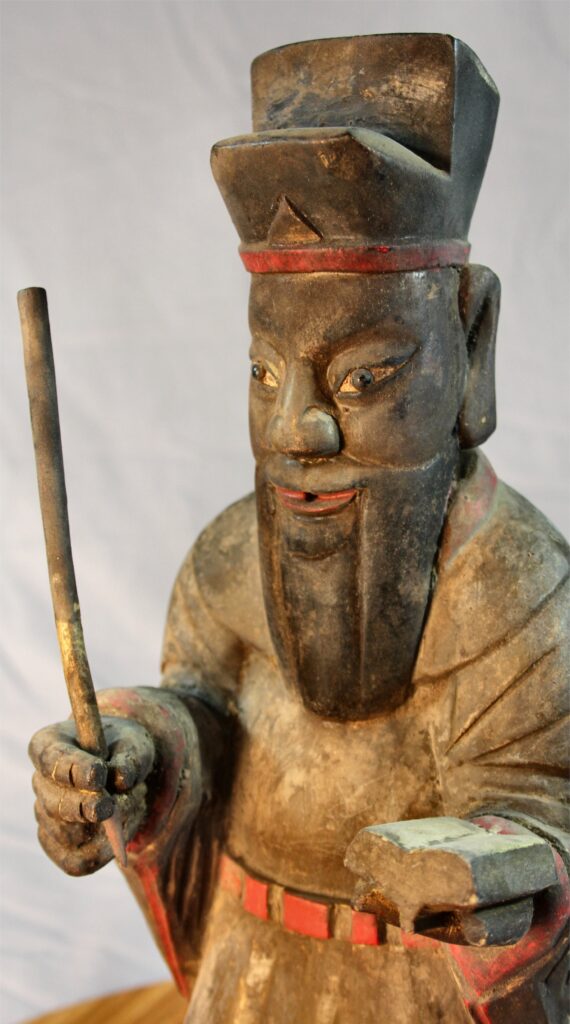
As for creating a pleasurable learning experience, I was a writer before I became a student of Chinese thought. Having originally set out to be a features editor, I graduated magna cum laude from the University of Missouri’s acclaimed School of Journalism. Yet I then gave up the news for the olds, the very olds in the form of early Chinese thought. Once sucked down into the academic whirlpool, I contributed articles and chapters to more than a dozen peer-reviewed journals and texts, and I’ve published two books through the Harvard University Asia Center. While academic writing is not popular literature, I here include ten brief extracts from past reviews of my books that specifically highlight both my ability to explain complex ideas as well as my “engaging,†“entertaining†and “enjoyable†writing style.
Review extracts from Ancestral memory in early China (2011)
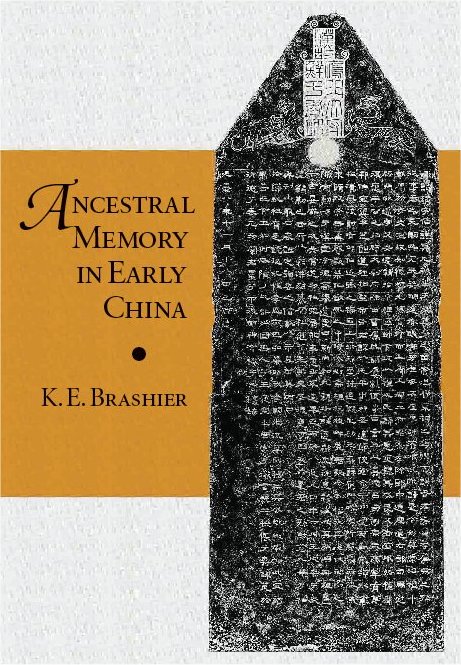
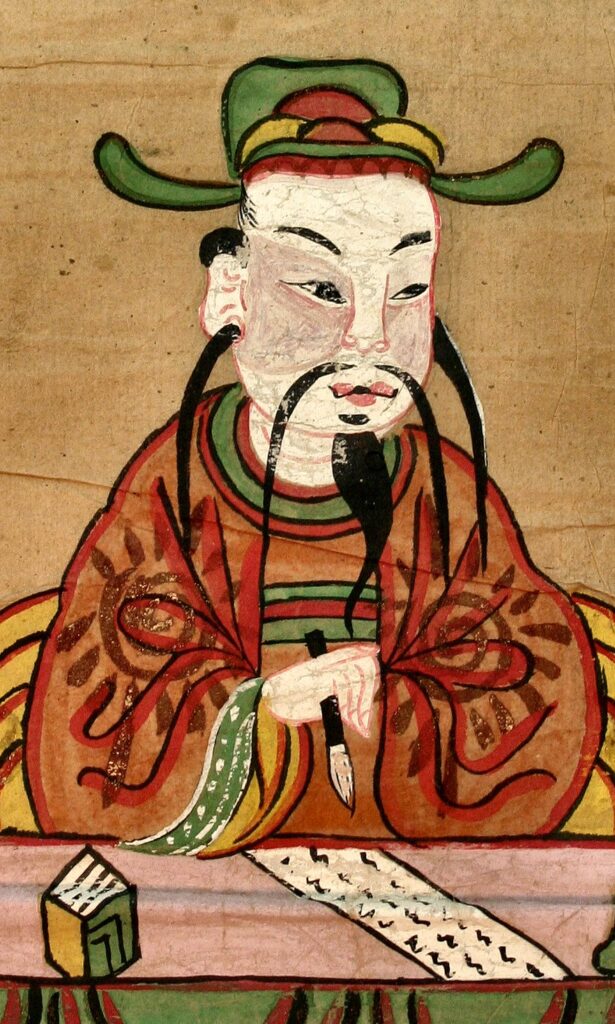
[Ancestral memory in early China] is the best manuscript I have ever reviewed for publication. It is clearly structured and written, amply but not excessively documented, witty, and thoroughly engaging. It addresses with care a complex topic that is of interest to every scholar of early China and to many scholars outside the field, and it does so in such a way as to provide illumination for all readers. It displays its author’s extraordinary breadth and depth of reading, both in primary texts and in crucial later theoretical materials, introducing these materials into the discussion in a natural, balanced manner and with no waste or mere ostentation. Reading [Ancestral] memory is like attending a series of lectures by a superb teacher speaking to an audience of respected colleagues.
– From a pre-publication evaluation by an anonymous reviewer for Harvard University Asia Center.
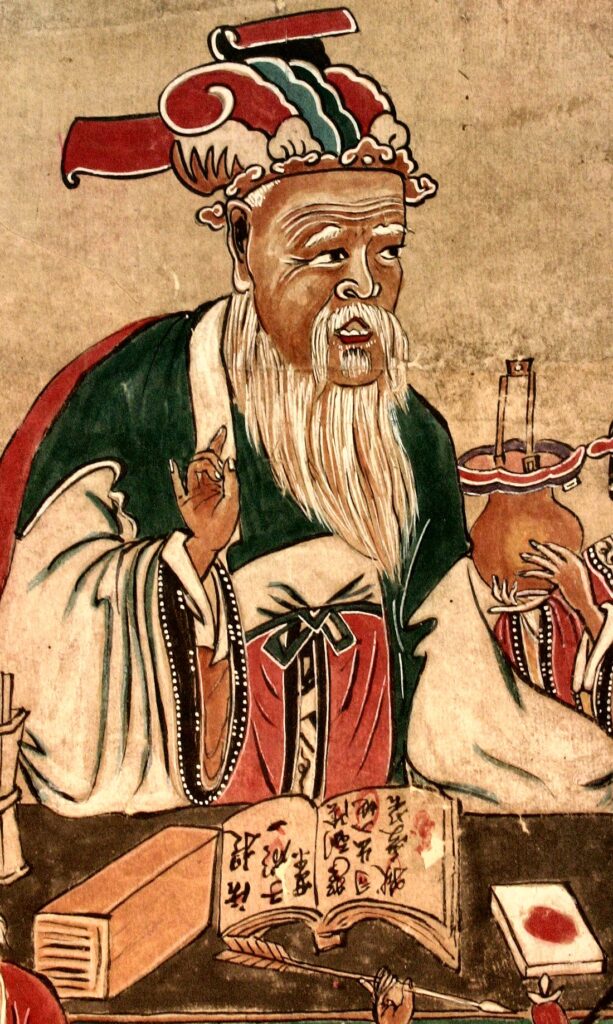
First things first: Ancestral Memory in Ancient China is an excellent account of the ancestral cult as it is depicted in a variety of textual sources. Similar to several outstanding, albeit sometimes underappreciated papers he has published over the years, [the author] continues to delight his readers with a well-balanced, critical reading of transmitted historiographical, sociophilosophical, as well as poetical records…. In sum — and I am quite happy to repeat myself — Ancestral Memory in Ancient China is the exquisite and long-awaited comprehensive study of the early Chinese ancestral cult. [The author] especially deserves praise for relentlessly treading every eligible textual path in order to provide the most objective picture of ancestor worship possible.
– From The China review international (2011).
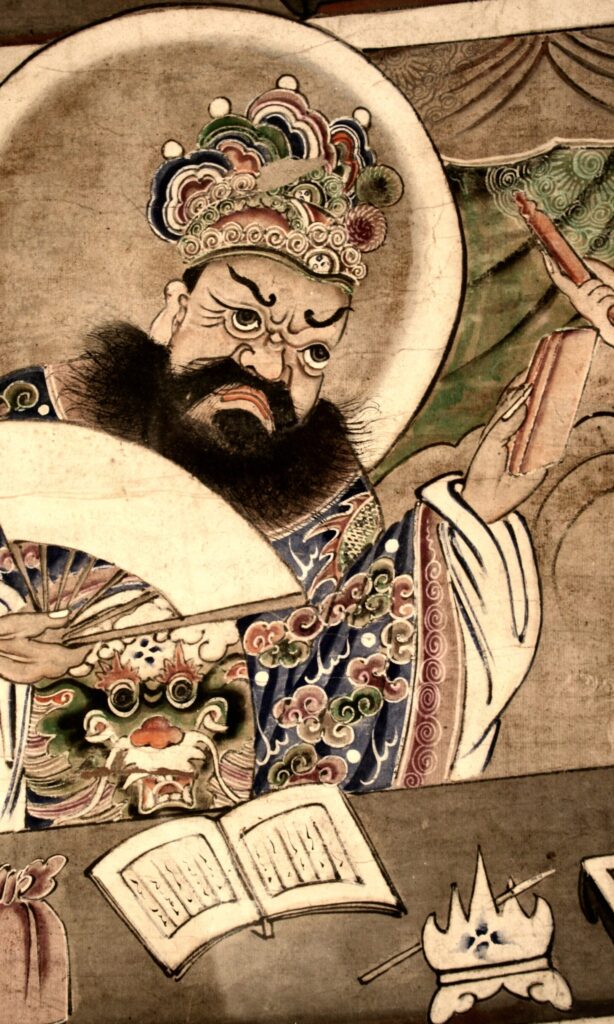
This is an impressive and entertaining work. Despite his erudition, [the author] speaks directly to the reader, often by playfully using metaphors from modern life to explain his theoretical approaches…. [His] text is full of insights artfully interwoven throughout a book that transports us from court politics into the heart of an individual performing sacrifices to his ancestor. Yet, he never lets go of the thread of doubt. He warns us about the unreliability of evidence while also making brilliant use of it. In the end, he has provided us with the most sophisticated analysis to date of an ancient Chinese mortuary system.
– From The Harvard journal of Asiatic studies (December 2012).
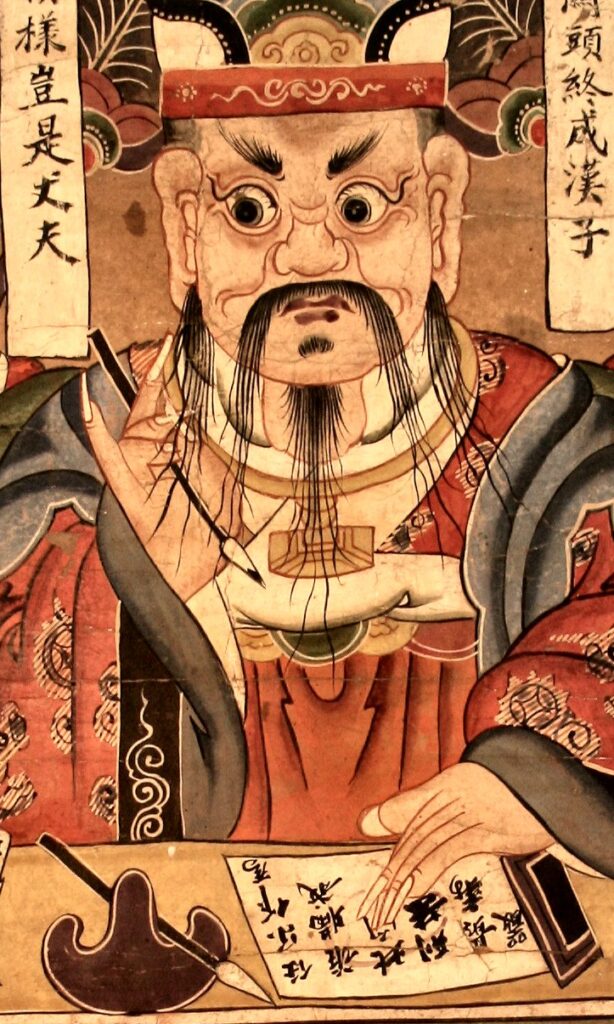
Anyone wishing to learn more about one of the salient features of Chinese culture will do well to study this book whose frequent use of tables, diagrams, and bullet points usefully complements the clarity of the author’s exposition…. By repeatedly highlighting the limitations inherent in investigations of past mentalities and ideas, he injects a healthy dose of skepticism into cultural and intellectual history. His willingness to do so demonstrates his admirable intellectual honesty.
– From The journal of Chinese religions (2011).
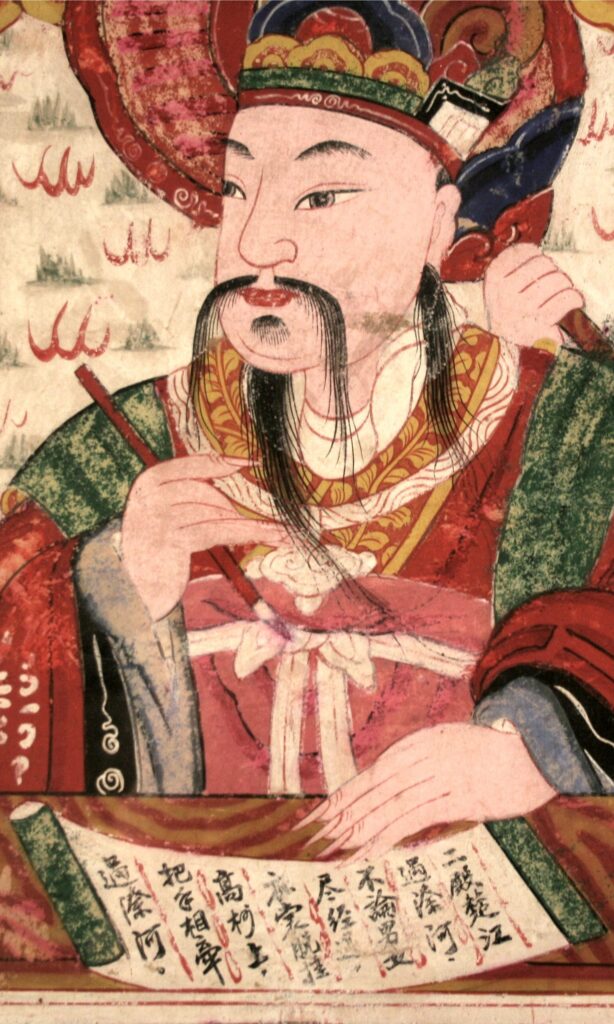
If “New Books in East Asian Studies†were an All-Powerful Force of Good In The Universe and if one of the perks that came along with being an All-Powerful Force of Good In The Universe were to ensure that certain books got major awards, then we would exercise that perk in the case of Ancestral Memory in Early China. [This] book is a meticulously-researched, clearly organized, and compelling account of the ancestral cult of early China…. It is an astoundingly powerful and erudite study that also makes for an enjoyable reading experience.
– From “New Books in East Asian Studies†podcast (2011). (Postscript: It did indeed get major awards.)
Review extracts from Public memory in early China (2014)
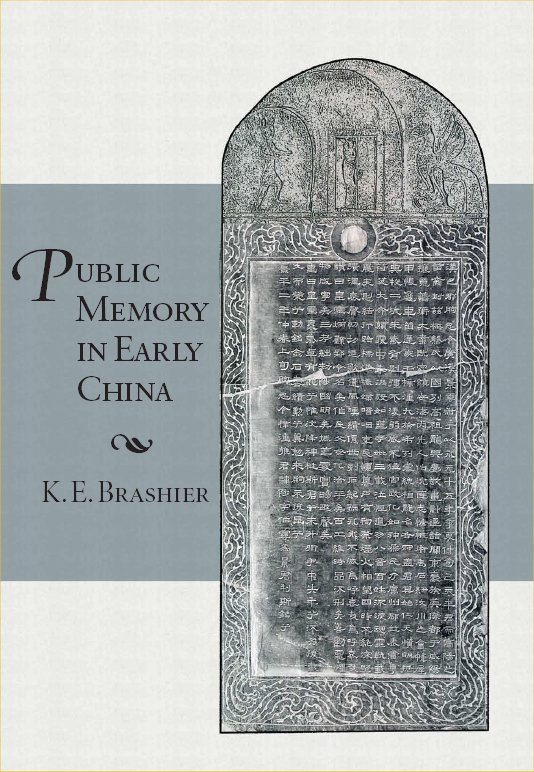
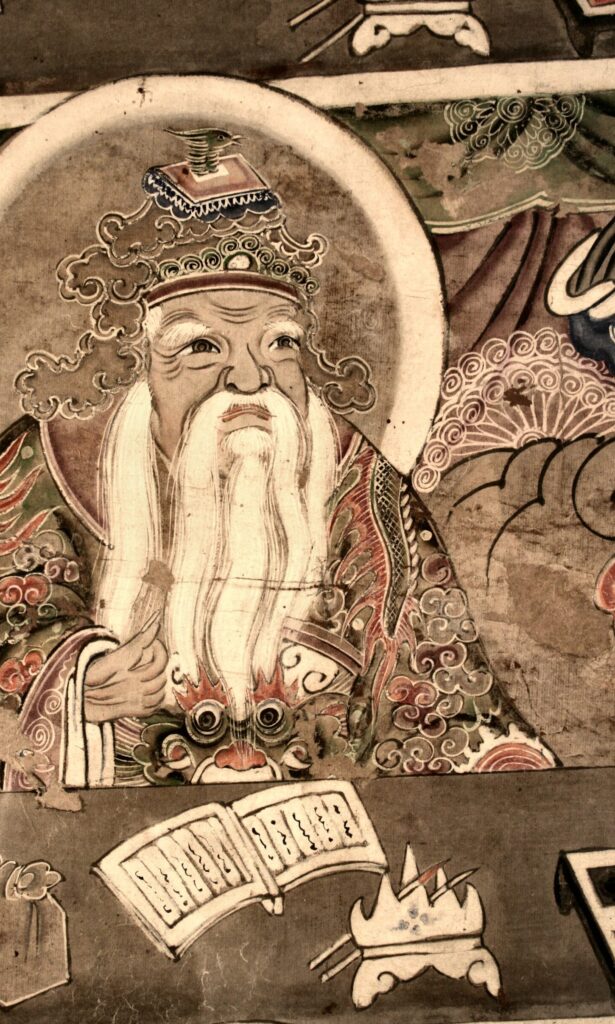
[The author] presents a richly textured and path-breaking study of the structure, dynamic, and significance of public memory during the Qin-Han period of early imperial China. In doing so, he also presents a carefully documented and most nuanced discussion of early imperial conceptions of the self…. The scholarship of this manuscript is outstanding for several reasons…. Fourth, translations of the above-mentioned sources are not only accurate but they are graceful and elegant and an absolute pleasure to read. The author is particularly successful in capturing the poetic nuances and emotional force of many poems, hymns, and eulogies that he translates…. Sixth, the author moves seamlessly from the detailed evidence to the larger contours of his argument. Indeed, the details are so well presented and interesting to read that one never feels overburdened by the examples presented to demonstrate a given argument…. This is a most viable subject well-worth studying as it offers the reader such an engaging, thought-provoking, and richly textured discussion of the structure and dynamics of public memory in early China and the conceptions of self that inform that public memory.
– From a pre-publication evaluation by an anonymous reviewer for Harvard University Asia Center.
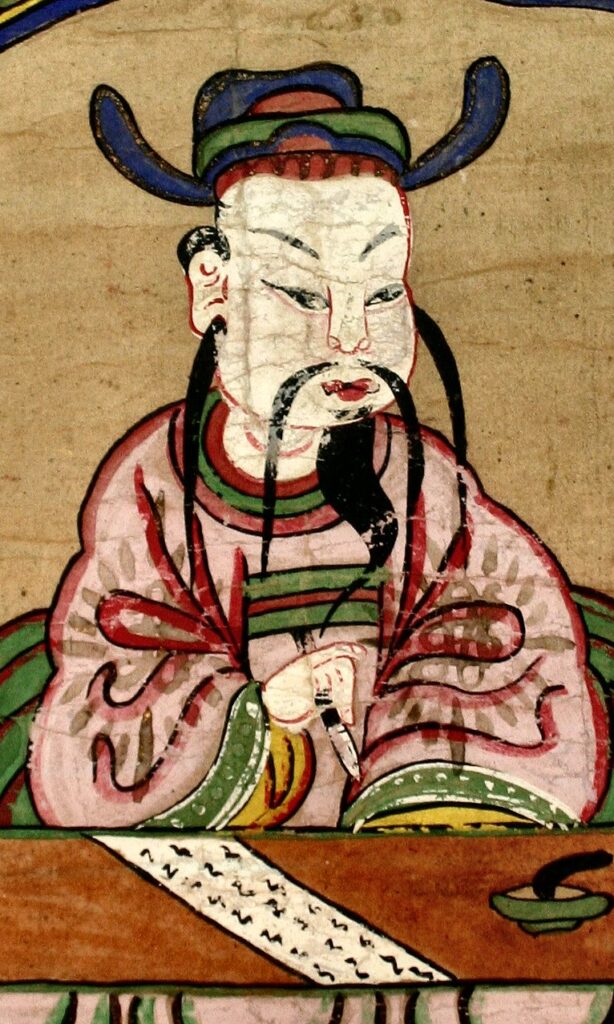
[The author] exhaustively deploys materials, including received texts and newly excavated documents, to support his arguments and broaden the horizons of his topics. As shown in his previous book, [the author’s] masterful knowledge of Han stele inscriptions is extremely impressive; he stands out among the Anglophone scholars of early imperial China…. My brief review here does not exhaust the rich content of [his] new book, which all scholars of early China, as well as of other periods, should agree contributes significantly to our understanding of the early Chinese culture of post-mortem remembrance. In addition, scholars of comparative religious studies whose specialty lies outside China would also benefit from the book’s wealth of information and insights.
– From The frontiers of history in China (2016).
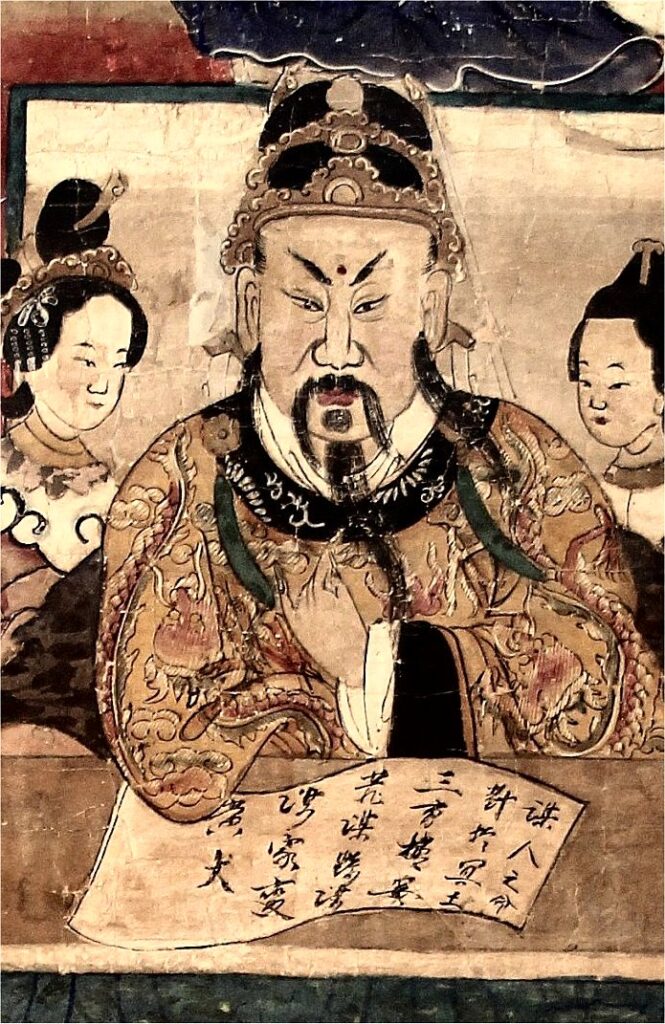
Moreover, [the author] writes clearly and, at times, delightfully. He is fond of drawing metaphors from the contemporary world. In this book, his extensive deployment of sports metaphors (“make the team, “to be cut,†“the dream team,†“being benched,†etc.) is both clarifying and, at the same time, a delightful tongue-in-cheek parody of the critical function such metaphors have come to play in contemporary American language. Yes, this book deserves many more readers than the usual suspects.
– From The American historical review (December 2015).
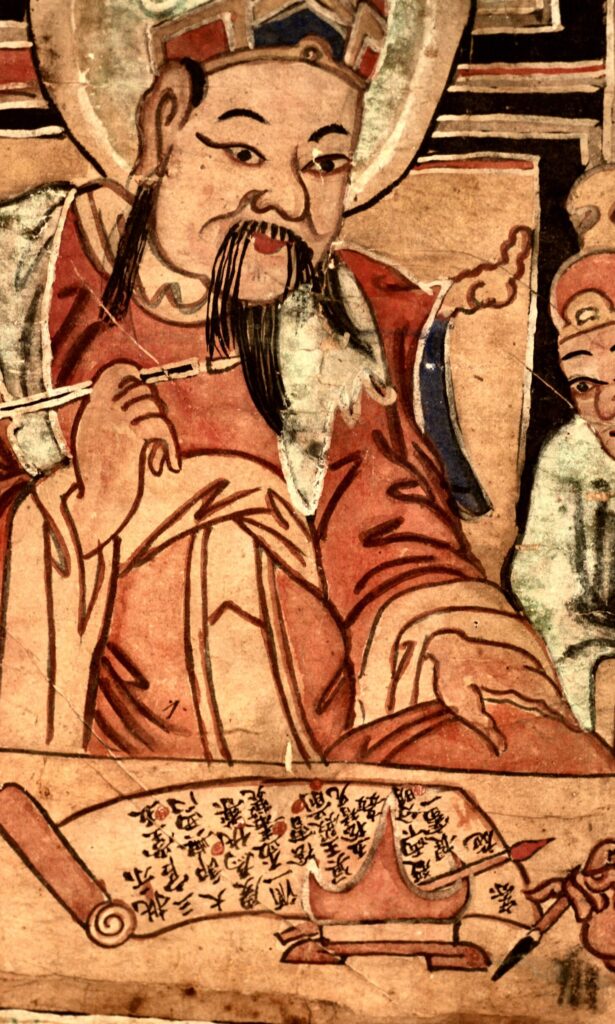
All in all, Public Memory in Early China is an exquisite and comprehensive account of memorial culture in early China, with some features that I would like to draw attention to in particular. [The author] adopts a comparative view when he discusses each subject. The most impressive example is when he compares the different views that the post-medieval West and early China held with regard to age. For the West, a lifetime was seen as an arc, whereas in early China it was regarded as a straight line that moved upward. He even includes two charts to show these two views, which is both clever and also helpful with regard to clarity. Such a comparative method encourages readers to speculate on the question of “what is noticeably unique about early Chinese public memory.†[The author] also draws on a variety of theories and approaches, in order to address broader human traits. Furthermore, he singles out women’s status in memorial culture and discusses this in detail … which is both inspiring and refreshing.
– From The international journal of Asian studies (2015).
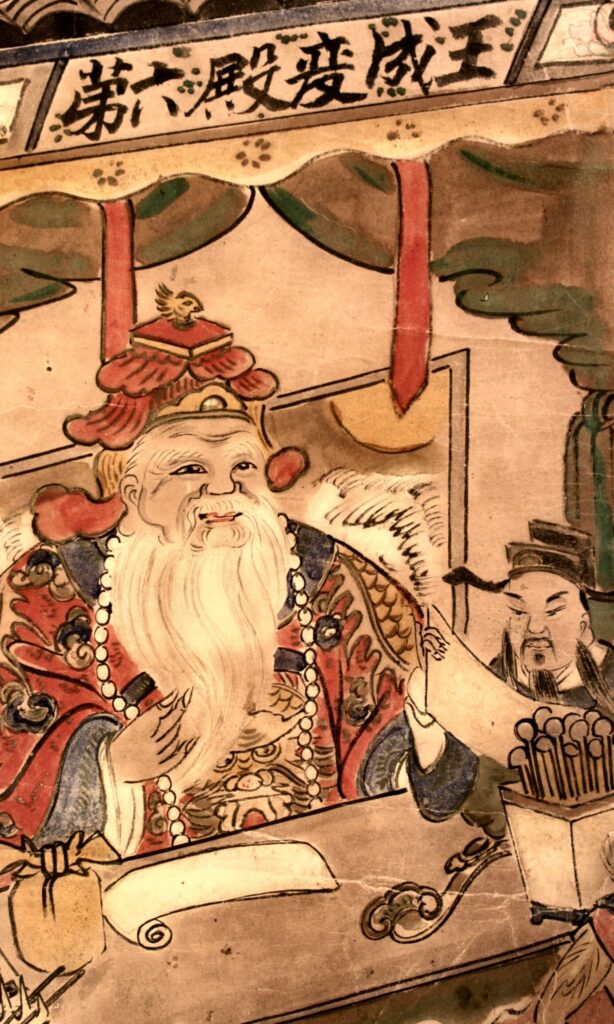
Public Memory in Early China provides a rich, exquisitely detailed, and important account of early Chinese strategies for creating and maintaining a shared, public memory…. With nuanced, mellifluous, and meticulously organized language, [the author] transforms the cold bones of mortuary culture—in particular, stele inscriptions, which form the springboard for his inquiry—into a wide-ranging intellectual feast…. [the author] lavishes attention on each and every one of his selected topics, and his discussions of cultural issues in early China are almost always enlightening and eloquent. I cannot understate the significance of this book as a reference for ancient Chinese practices involving such topics as classical education and literacy, naming and personal identity, family and kinship relations, early imperial markers of rank, and Han mortuary rituals. In so many ways, it is a remarkable piece of dedicated scholarship on the classical culture of China.
– From The Harvard journal of Asiatic studies (December 2015).